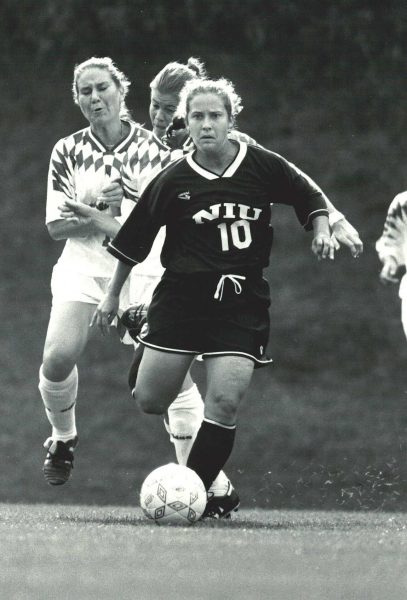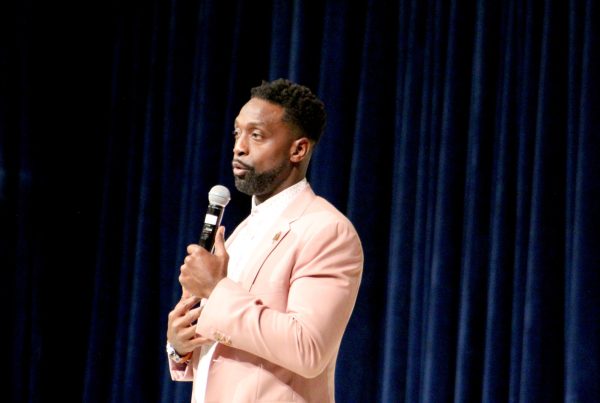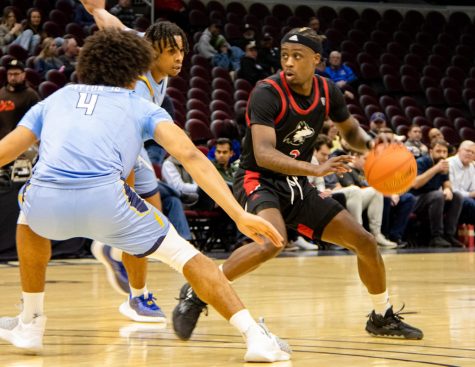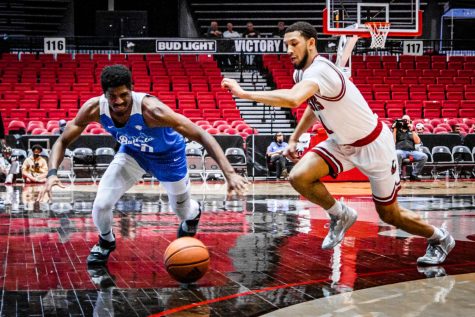Relays take team cooperation
April 23, 2013
Even though track and field is primarily an individual sport there are some occasions where a team aspect comes into play: the 4×100 meter relay and the 4×400 meter relay teams.
As with any sport there is a strategy in deciding who you want to take part in relays. Head coach Connie Teaberry said there are a couple things to look for when she is deciding who to put on the relays.
“In the 4×1[00] relay typically you look for the speed,” Teaberry said. “Those four or five runners that have the best 100-meter time to 200-meter time, and then you kind of play with that. We say there are four runners on relay, but you always use five in that picture because just in case one of the other runners get hurt,that other runner has been working on exchanges. You also look at the chemistry of the ladies as they pass the batons, so that you can kinda get that baton moving at top speed around the track.”
When deciding who should be on the longer relay team coaches just use the times from the longer sprinting events like the 200 meters and 400 meters and maybe even the 800 meters.
The placement of what runners go on what legs of the relay is something Teaberry said has to be factored in.
“When I am choosing the different legs for the relays I look at the ladies’ strong points,” she said. “Some ladies are stronger on curves. Some ladies are stronger on the straightaway. So, that they’re not put in an awkward position as they try to receive or give the baton, I try to make sure that those ladies are in comfortable positions as far as the relays.”
Redshirt senior sprinter Chanel Kellyman, who was on the Huskies’ 4×100-meter winning relay team at this weekend’s Huskie Open, said runners have a different mindset when taking part in relays.
“Well, honestly you just gotta think about [that] it’s a team event, it’s not just about you,” Kellyman said. “So, you have to run your best– not just for yourself; it’s for everybody else–so you can have the best time.”
Relay races are not just about running: Three passes of the baton have to be executed in order to be successful.
Kellymam said the handoffs are something the relay teams practice often.
“We practice trying to make the baton move as fast as we can through the exchange zone,” Kellyman said. “If we know we’re…not making the baton…connecting or anything, we adjust our steps so that we can get it to each other as fast as we can.”











